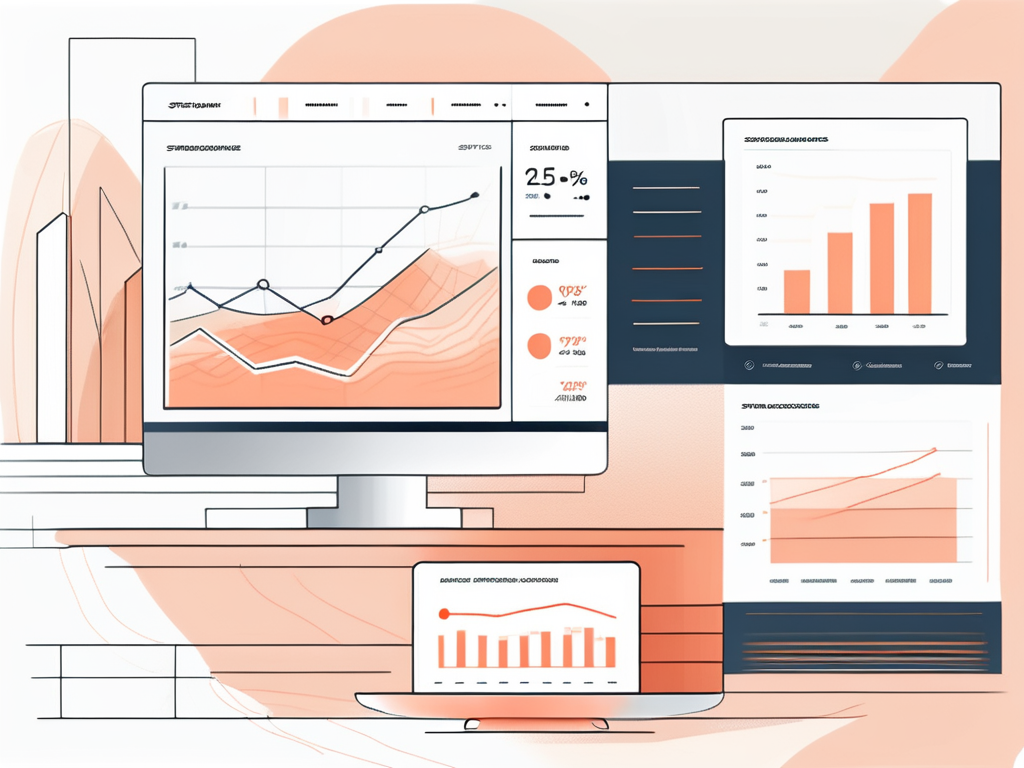
Mastering SFDR Reporting: Strategies for Optimizing Data Access
Sustainable Finance Disclosure Regulation (SFDR) reporting has become a critical task for financial institutions operating in the European Union. As the regulatory landscape evolves, it is essential for companies to adopt strategies that optimize data access and ensure compliance with SFDR requirements. In this article, we will explore various approaches to mastering SFDR reporting, with a focus on maximizing data access, navigating the reporting journey, and streamlining the process using digital tools.
Maximizing Data Access for SFDR Reporting
Leveraging Portfolio Companies for SFDR Data

One effective strategy for maximizing data access is to collaborate with portfolio companies. As an institutional investor, you have a vested interest in understanding the sustainability risks and impacts of your investments. By engaging with portfolio companies and encouraging them to disclose relevant data, you can enhance your reporting capabilities and gain valuable insights into their sustainability practices.
Collaborating with portfolio companies not only provides you with access to crucial data for SFDR reporting but also fosters a culture of transparency and accountability within your investment ecosystem. By building strong relationships with your portfolio companies, you can work together to identify key sustainability metrics, set targets for improvement, and track progress over time. This collaborative approach can lead to more meaningful and impactful reporting outcomes, demonstrating your commitment to responsible investing.
Effective Strategies for Managing SFDR Data
Managing a large volume of data for SFDR reporting can be challenging. Implementing effective strategies for data management is crucial to ensure accuracy and efficiency in reporting. One approach is to centralize data collection and storage, using dedicated software tools or platforms. By establishing standardized data collection processes and streamlining data integration, you can simplify the reporting process and reduce the risk of errors.
Another key strategy for managing SFDR data is to leverage automation and technology solutions to streamline data processing and analysis. By implementing data automation tools, you can reduce manual data entry tasks, improve data accuracy, and generate real-time insights for reporting purposes. Additionally, utilizing data analytics tools can help you identify trends, patterns, and outliers in your sustainability data, enabling you to make informed decisions and drive continuous improvement in your ESG performance.
Navigating the SFDR Reporting Journey
Timely Initiatives for Starting SFDR Reporting

Getting started with SFDR reporting can be overwhelming, especially considering the various deadlines and requirements. To navigate this journey successfully, it is crucial to take timely initiatives. Start by conducting a thorough assessment of your organization's readiness for SFDR reporting. Identify gaps in data collection and reporting capabilities and develop a roadmap for compliance. By setting clear goals and timelines, you can ensure a smooth transition to SFDR reporting.
Moreover, it is essential to engage key stakeholders within your organization early on in the SFDR reporting process. This includes collaborating with departments such as legal, compliance, sustainability, and finance to ensure alignment and understanding of the reporting requirements. By fostering cross-functional collaboration, you can leverage the expertise of various teams to streamline data collection and reporting efforts.
Additionally, staying informed about regulatory updates and industry best practices is paramount for successful SFDR reporting. Subscribing to relevant newsletters, attending industry conferences, and participating in working groups can provide valuable insights into evolving reporting standards and expectations. By staying ahead of regulatory changes, you can proactively adjust your reporting processes to meet compliance requirements and demonstrate a commitment to sustainable finance practices.
Streamlining SFDR Reporting with Digital Tools
Advantages of Utilizing Digital Platforms for SFDR Compliance

In today's digital era, leveraging technology can significantly enhance the efficiency and accuracy of SFDR reporting. Digital platforms offer numerous advantages, such as automated data collection, streamlined reporting workflows, and real-time data analytics. By using these tools, financial institutions can reduce manual effort, minimize errors, and gain valuable insights into their sustainability performance. Moreover, digital platforms often provide customizable dashboards and visualizations, enabling stakeholders to monitor and assess their sustainability metrics effectively.
One key benefit of utilizing digital tools for SFDR reporting is the ability to track and analyze ESG (Environmental, Social, and Governance) factors in a more comprehensive and systematic manner. These tools can help financial institutions identify trends, risks, and opportunities related to sustainability, allowing for informed decision-making and strategic planning. Additionally, digital platforms can facilitate benchmarking against industry standards and peers, providing valuable context for assessing performance and setting goals for improvement.
Furthermore, the integration of artificial intelligence and machine learning algorithms in digital SFDR reporting tools can enhance predictive analytics capabilities. This advanced functionality can help financial institutions forecast future sustainability trends, anticipate regulatory changes, and proactively address emerging issues. By harnessing the power of data-driven insights, organizations can stay ahead of the curve in the rapidly evolving landscape of sustainable finance.
In conclusion, mastering SFDR reporting requires a strategic approach to optimize data access. By maximizing data access through collaboration with portfolio companies, implementing effective data management strategies, and utilizing digital tools, financial institutions can streamline their SFDR reporting process while ensuring compliance with regulatory requirements. Embracing these strategies will not only enhance data accuracy and reporting efficiency but also enable organizations to drive sustainable finance initiatives and meet the increasing demand for transparent and responsible investments.
Take Your SFDR Reporting to the Next Level with Responsibly
As you seek to master SFDR reporting and optimize data access, Responsibly offers a cutting-edge solution to elevate your sustainability due diligence. Our AI-driven platform empowers you to conduct thorough assessments of your suppliers' sustainability practices, from human rights to decarbonization. With Responsibly, you can automatically collect and analyze supplier data, tailor your sustainability engagement, and seamlessly integrate findings into your SFDR reporting. Don't miss the opportunity to transform your sustainable procurement, risk management, and supply chain ESG reporting. Book a demo today and discover how we can help you achieve transparency and compliance with ease.

